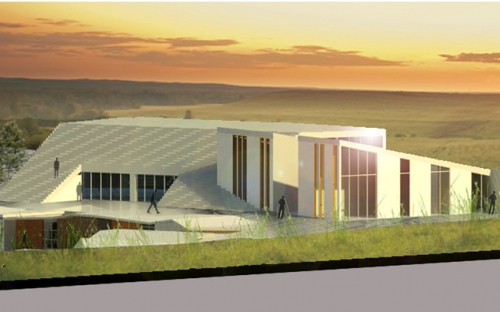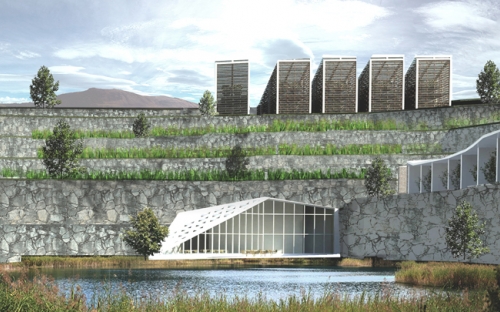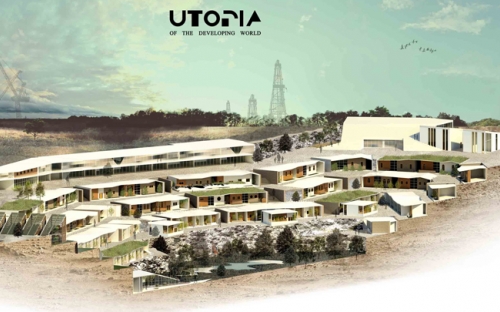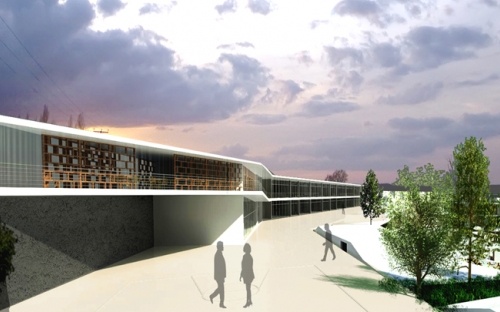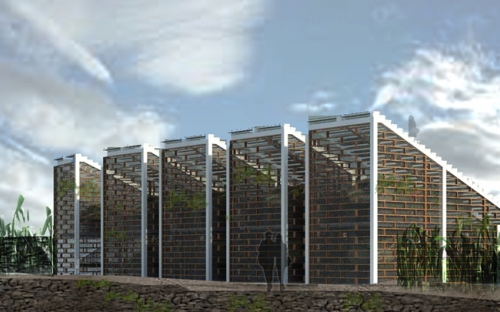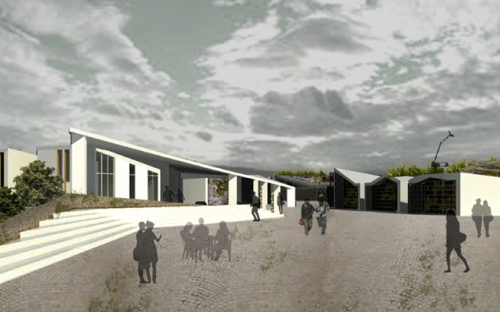Attention to the Subtext of our Designs
The Afrikan context has recently been the playground for international developers that use it to create their rendered promises of functional and technologically relevant cities. These represent dreams and ideals of the global society- a capitalist one that does not necessarily meet the needs of the average Afrikan, one of which is a need for an alternative to the existing housing and socio-economic conditions.
Amidst these grand commercial designs, the social housing sphere has remained stagnant and in crisis, still carrying the legacy of pre-independence. We re-use social housing models from a period of imperialism that are located at the periphery, away from the city centre reducing access to economic opportunity. Why is this still the quickest solution for our governments rather than thinking of innovative solutions that do not limit construction to the same materials, the same area and the same indignity?
The deconstructing of this physical and psychological inheritance within the housing sphere is a difficult undertaking. The issues include that of land acquisition, poor service delivery and sanitation and the use of hoary housing models that do not provide an ‘adequate’ solution. The continent is in dire need of innovative approaches to improve these conditions, conditions that reflect inequality and poverty and poor service delivery. My attempt to respond to these conditions involved searching for a site with potential to address all these issues. Let us consider ‘Utopia’. It proposes an innovative look at quarry rehabilitation in the mining industry that includes participation from the government, private companies and the people to create a viable community. Initially, the mining company enters with the obligation to plant trees on arrival. Sustainable mining is practised and the overburden (earth dug-out) is collected.
An extended Exclusive Prospecting Order (EPO) limits mining to 6 years, after which the mining company moves on to the
next quarry.
While the trees continue to grow, the parameters of the quarry are set up. These are; setting up suitable dimensions, population, programme and typology. The quarry will be built up with the necessary sedimentary layers, cleared of toxins to make it habitable and foundations set. There needs to be an analysis of the pollution level in the mine to determine an appropriate solution to the toxins and acid water, for example, in Monowai New Zealand, the safe solution was to fill the mine with concrete to prevent water contacting the rock surface while other mines with little acidity can be rehabilitated with plants. Terracing is built up using sorted overburden with adequate drainage. At this point the government provides the core structure (public buildings, circulation, core walls and services in the housing) to make a self- building community easier. It becomes a housing development where the vital minimum is provided for the people to complete, giving spontaneity and variety within certain limits in the quarry.
The community can now access the site in a self-build process. The remaining stone and timber from the trees planted years ago by the mining company can be used in construction. Furthermore sun-baked bricks can be made using clay available. This construction method harnesses and re-uses surrounding materials promoting the self-sufficiency of utopia, limiting the import of material at this final stage.
Grazing land for animals and farming land is allocated nearby. Energy-efficiency is promoted with solar power and grey-water systems along with informed simple methods of construction that include building orientation, solar control mechanisms and thermal mass. The zone is established in the 21st century by giving it internet connectivity.
The site will have a programme promoting the simplicity of self-sufficient rural life while giving necessary elements for empowerment in these massive enclosures reminiscent of the Great Zimbabwe architecture. It would have a more public zone located at the rim of the quarry allowing for over-flowing growth and a private zone of housing units within the terraces of the quarry to limit the population. These elements will be organised so that passive-surveillance is possible within short walking distance. Global competitiveness should not be based on global homogeneity; this proposal then creates its own architectural identity of its own dynamic terrain. If we start portraying ideas that reflect the continent we want, the landscape has a better chance of developing to reflect an architecture that adds more than just commercial value, but the social values we aspire to.


